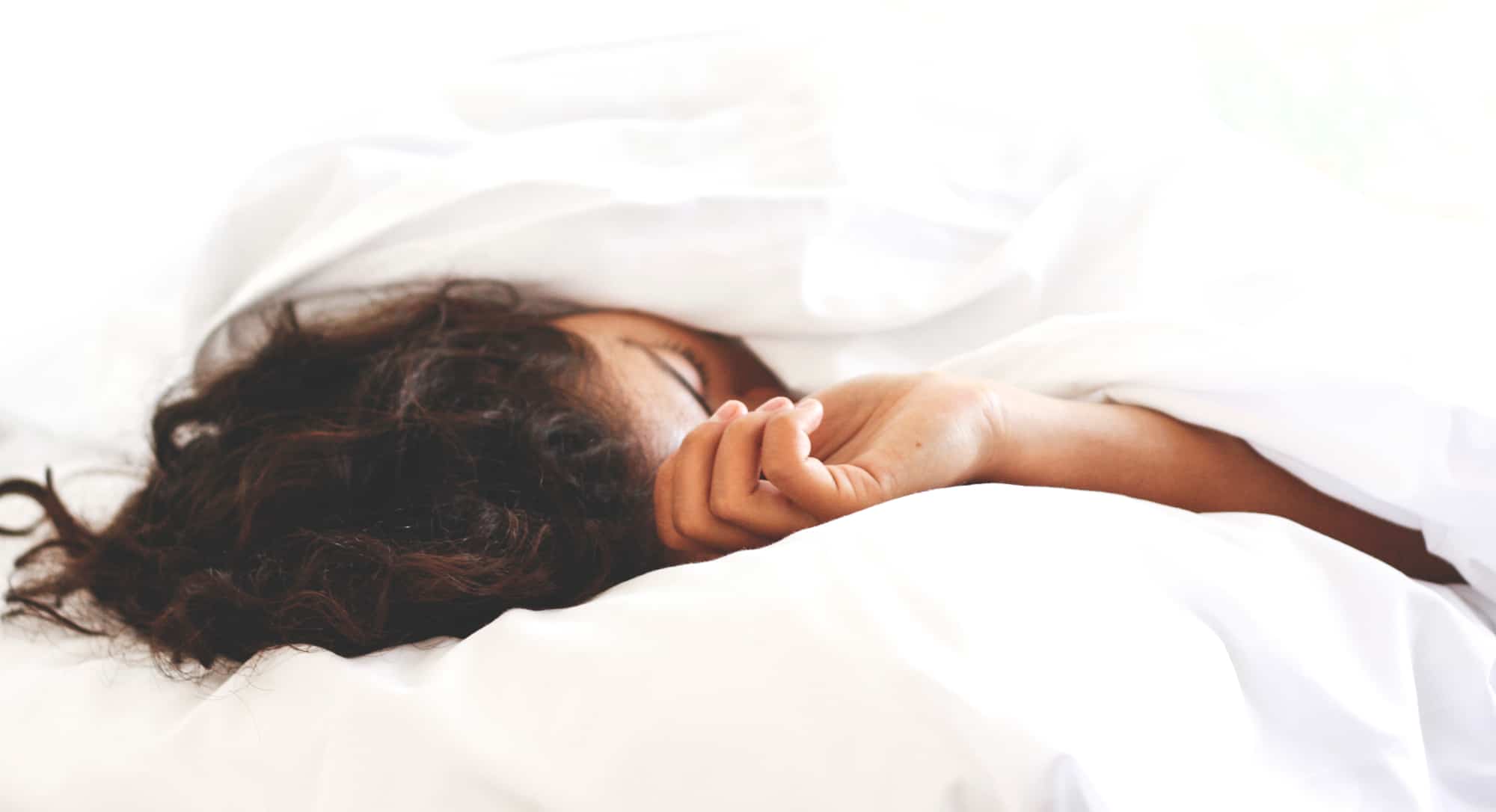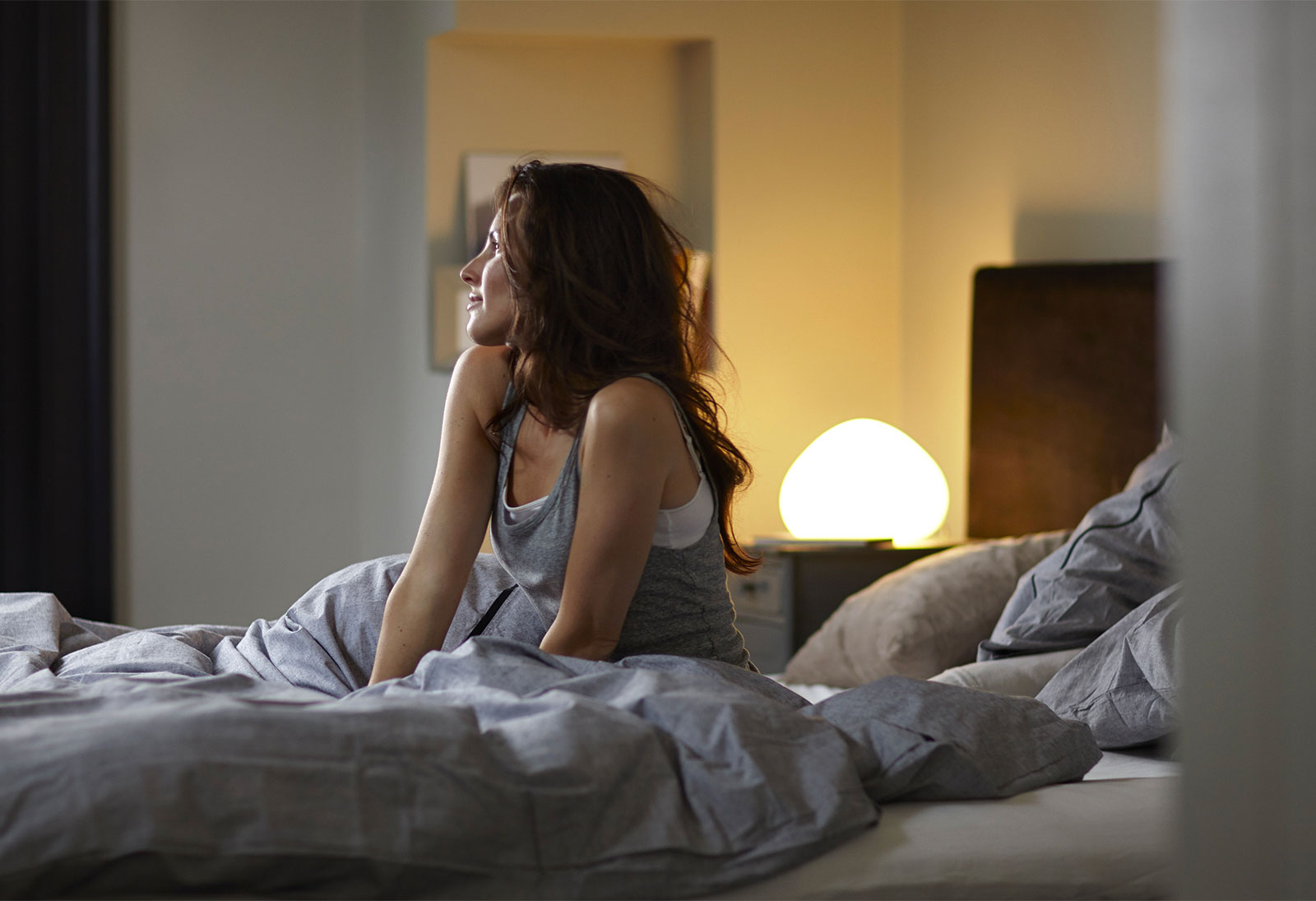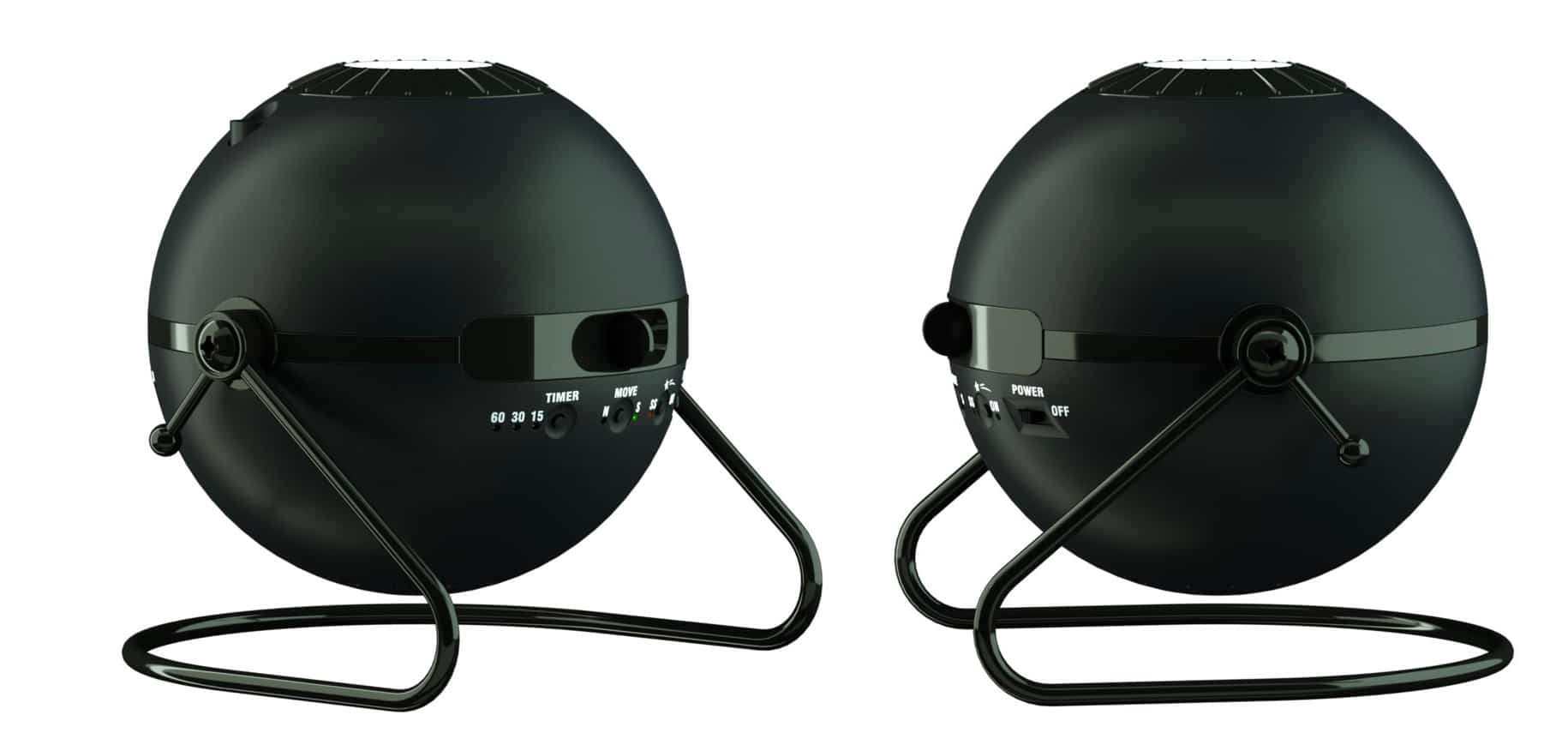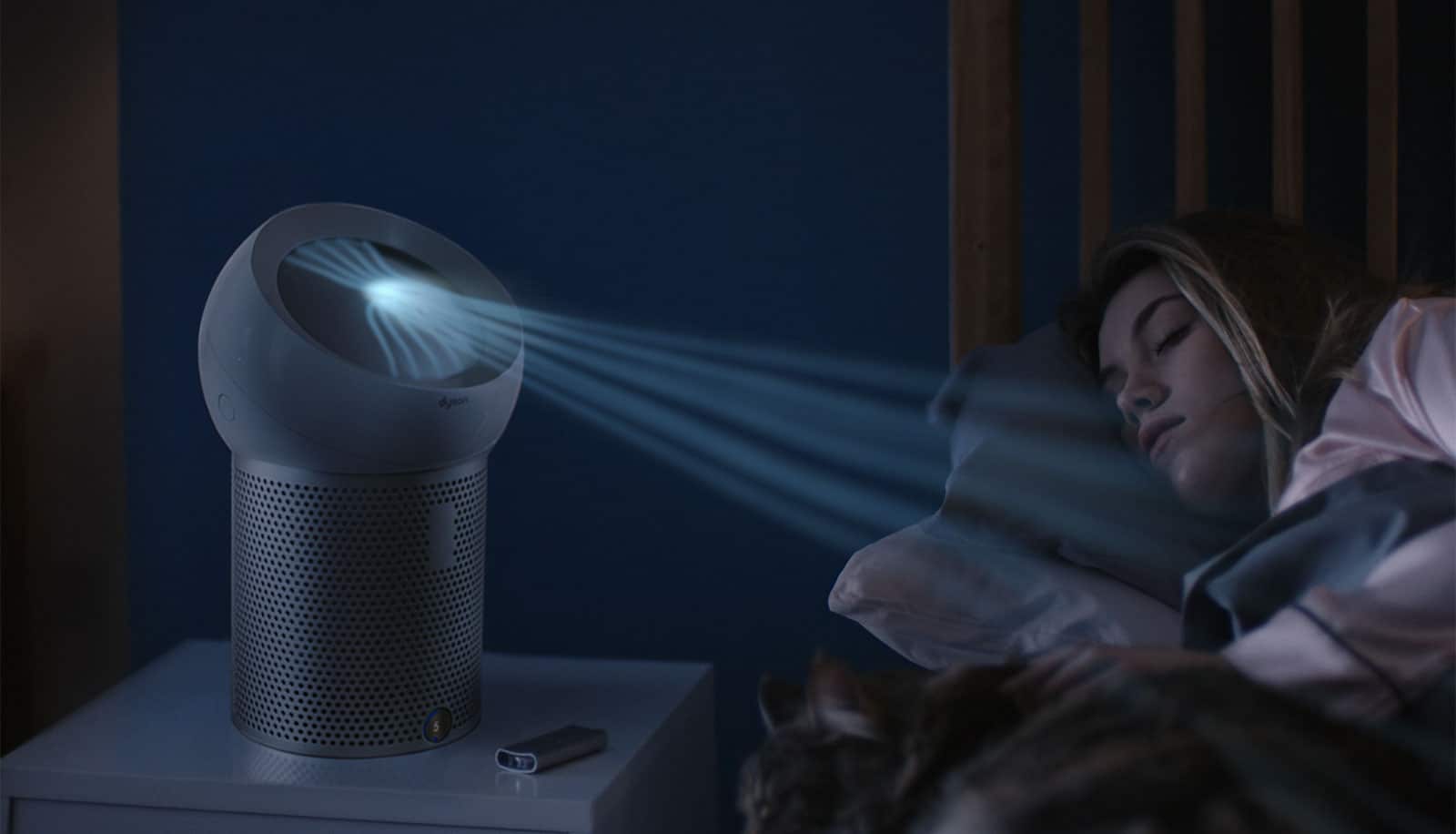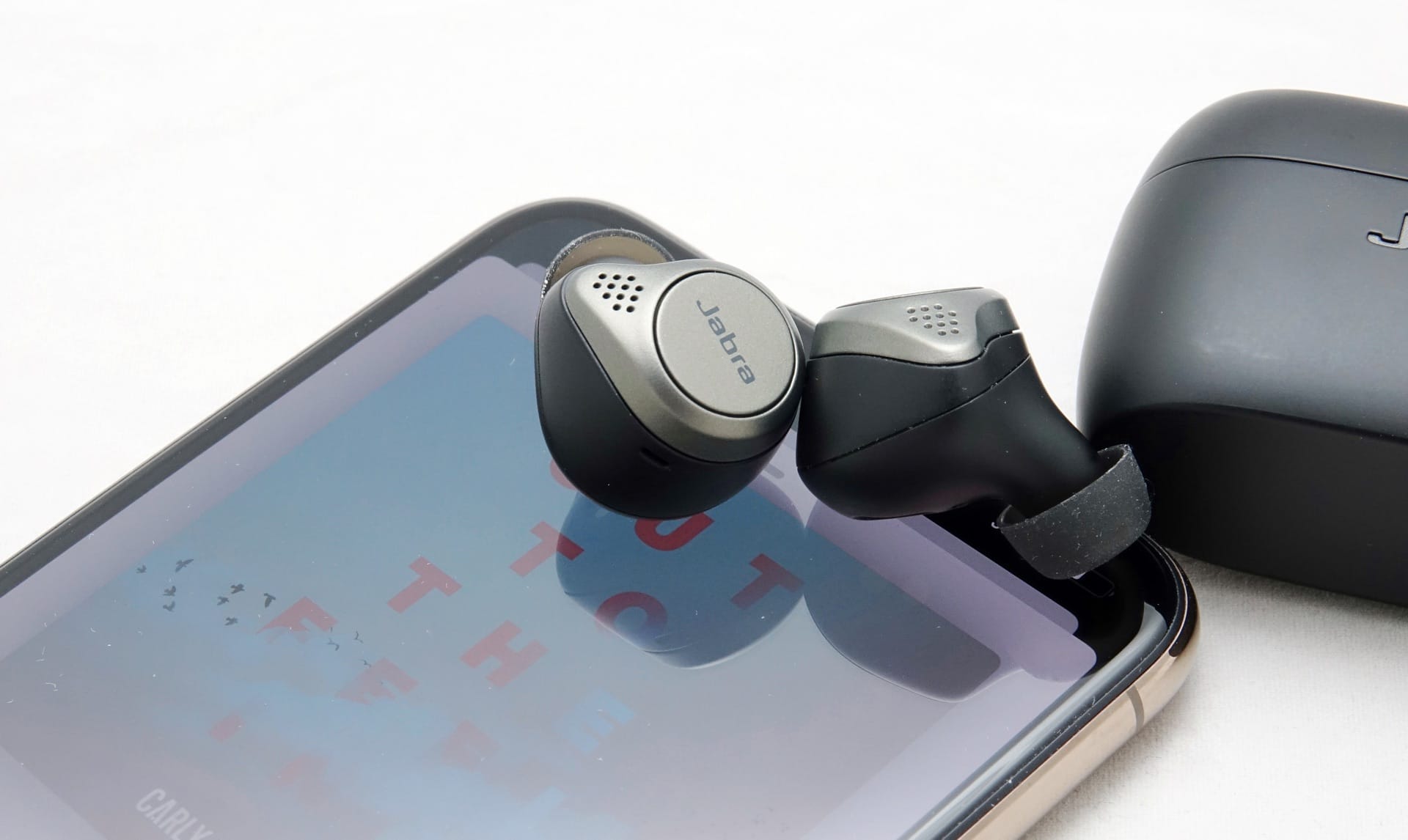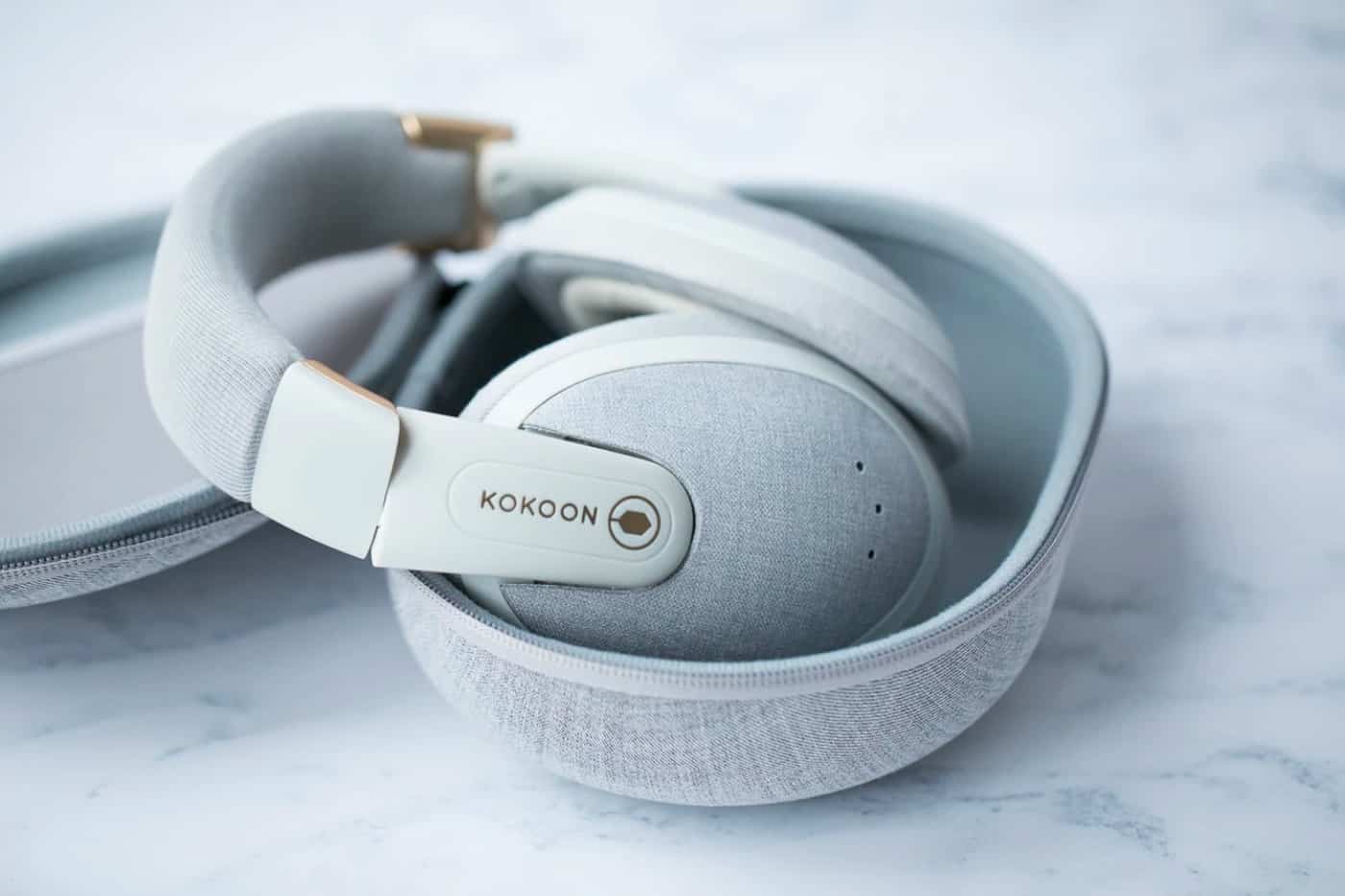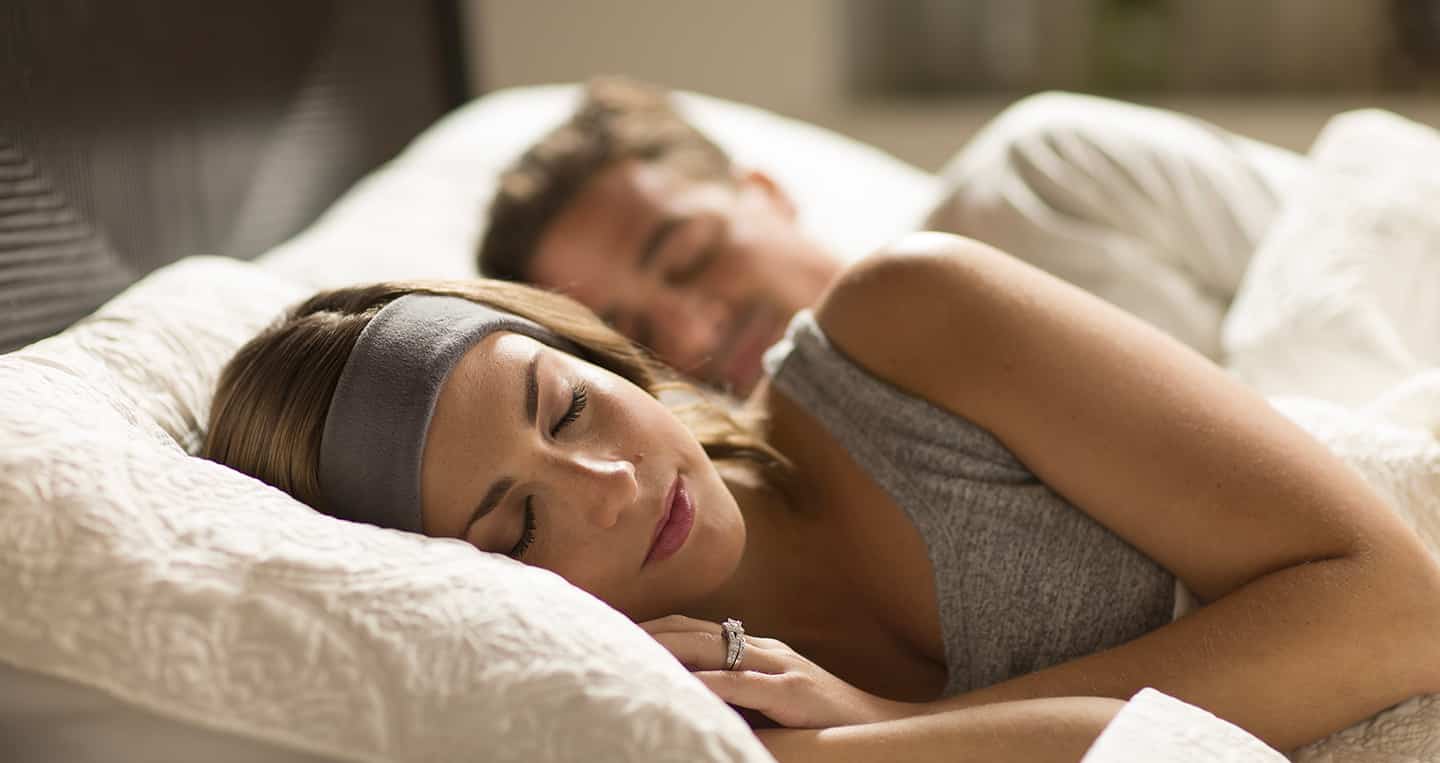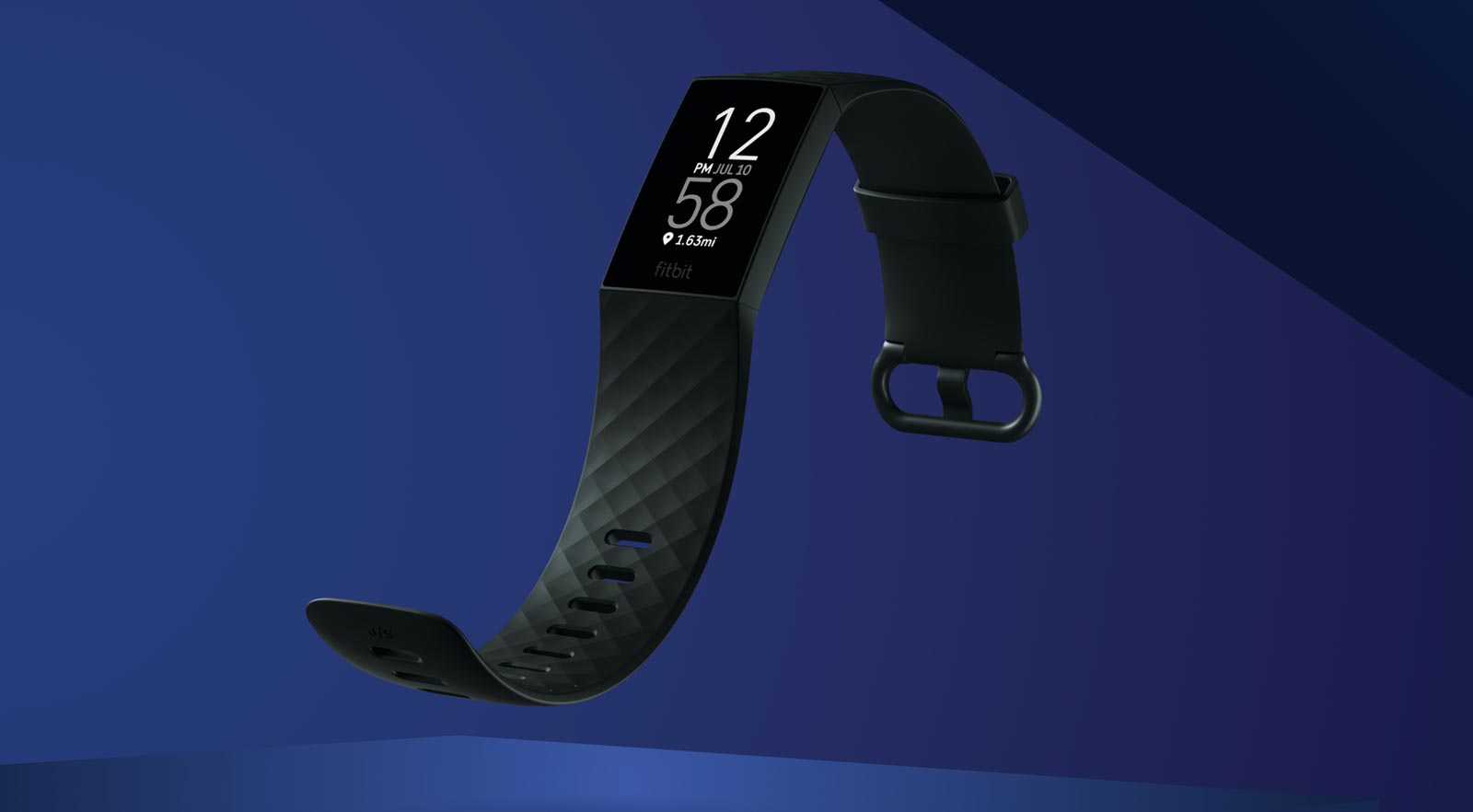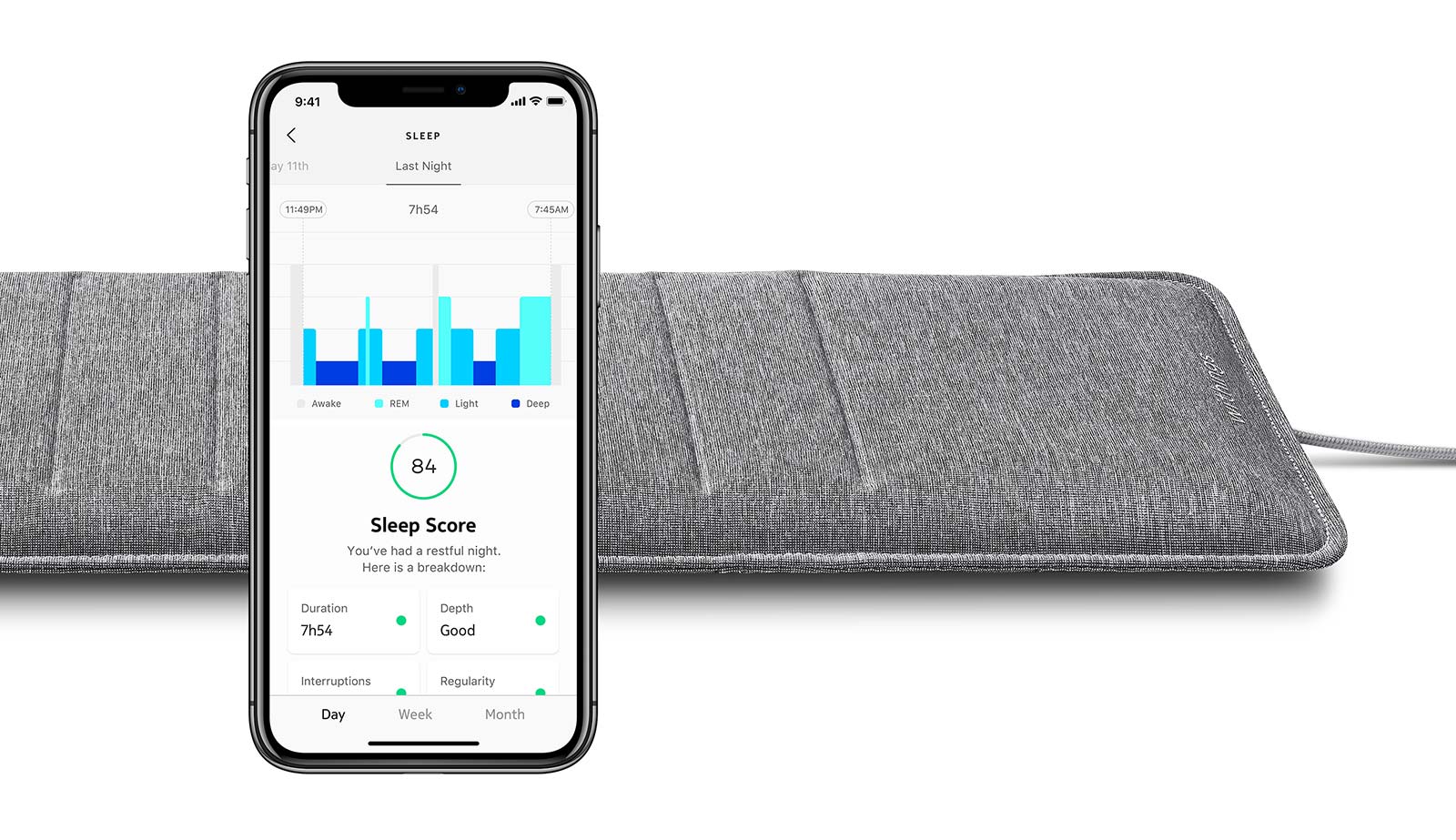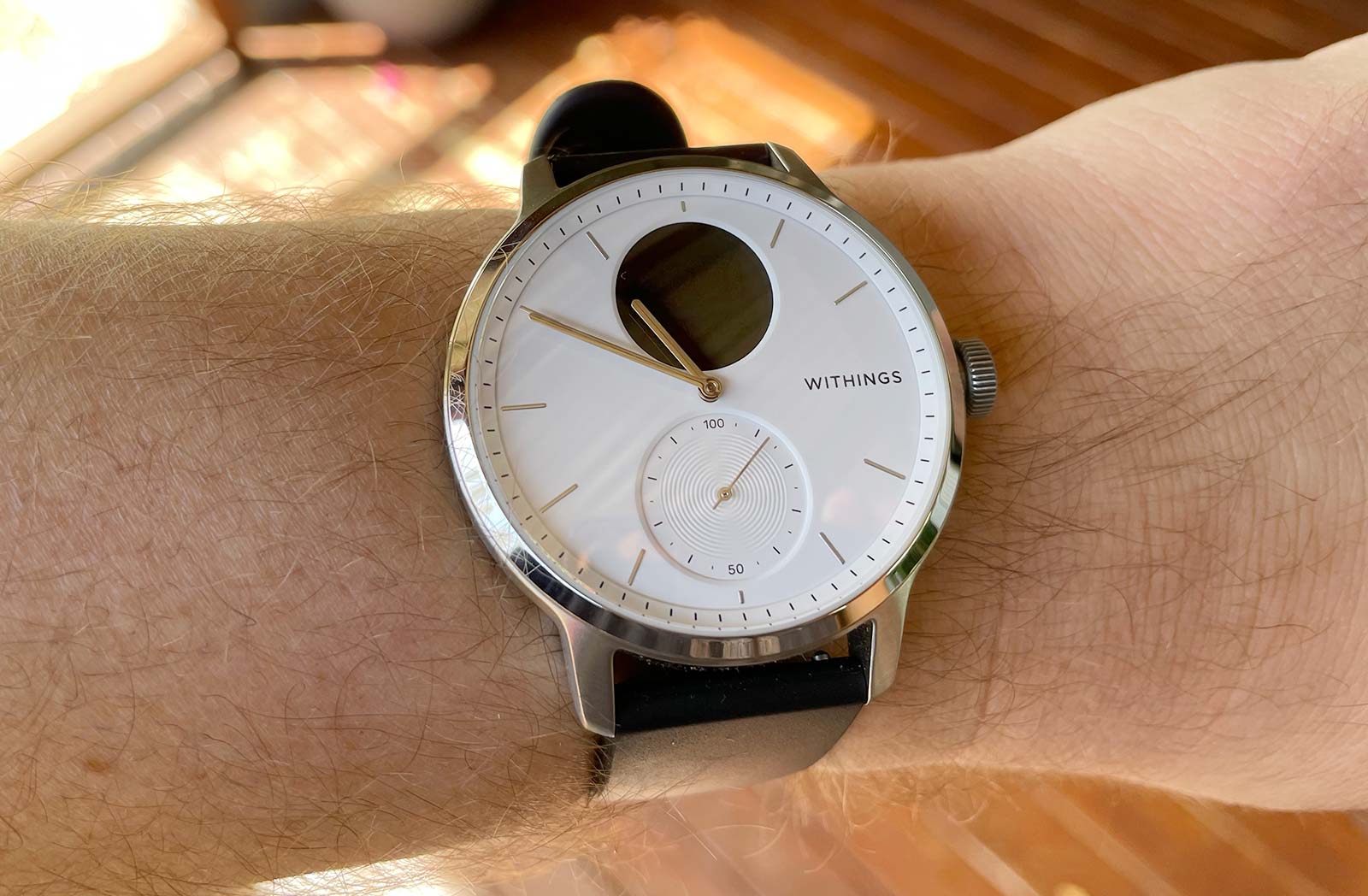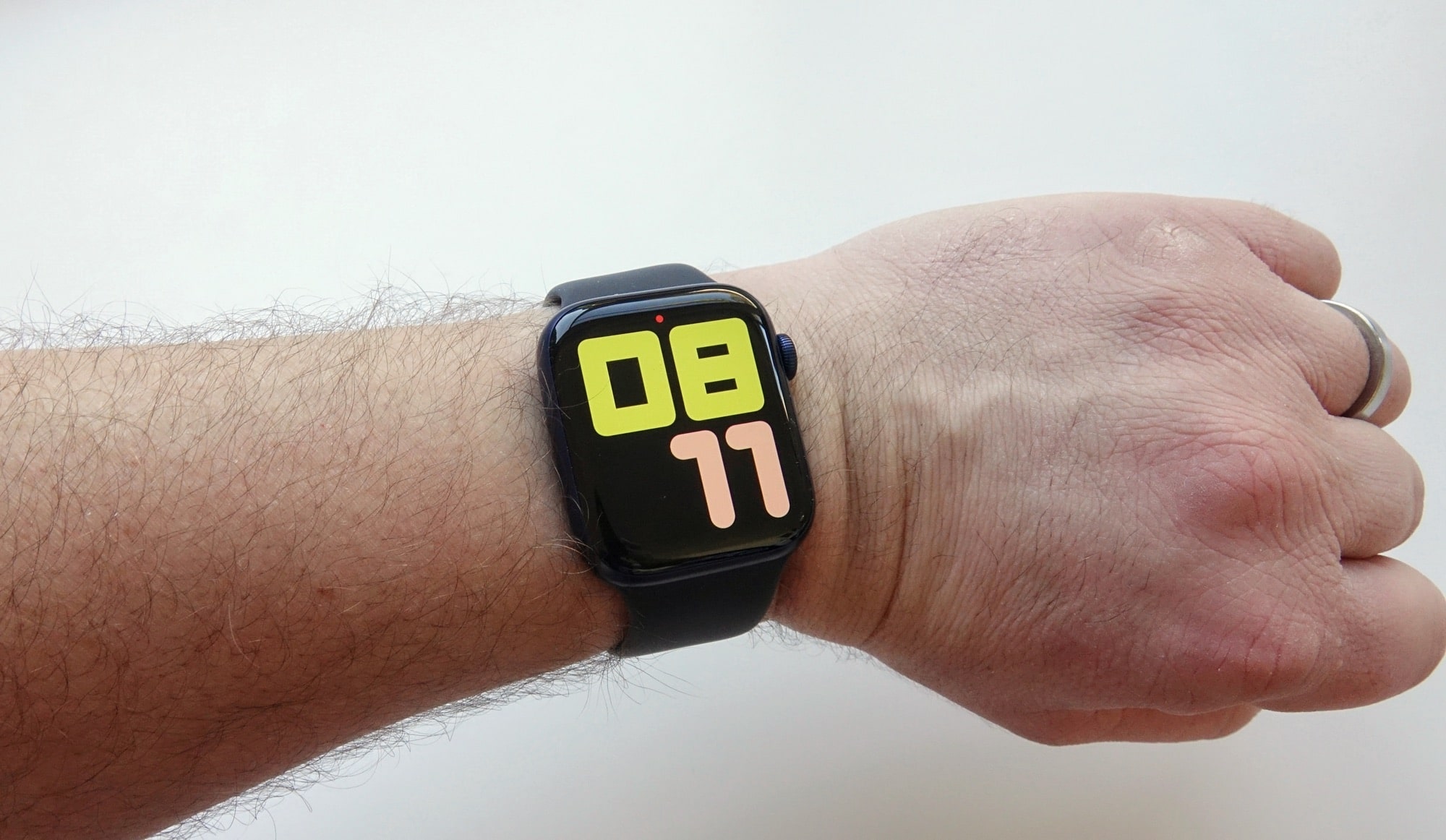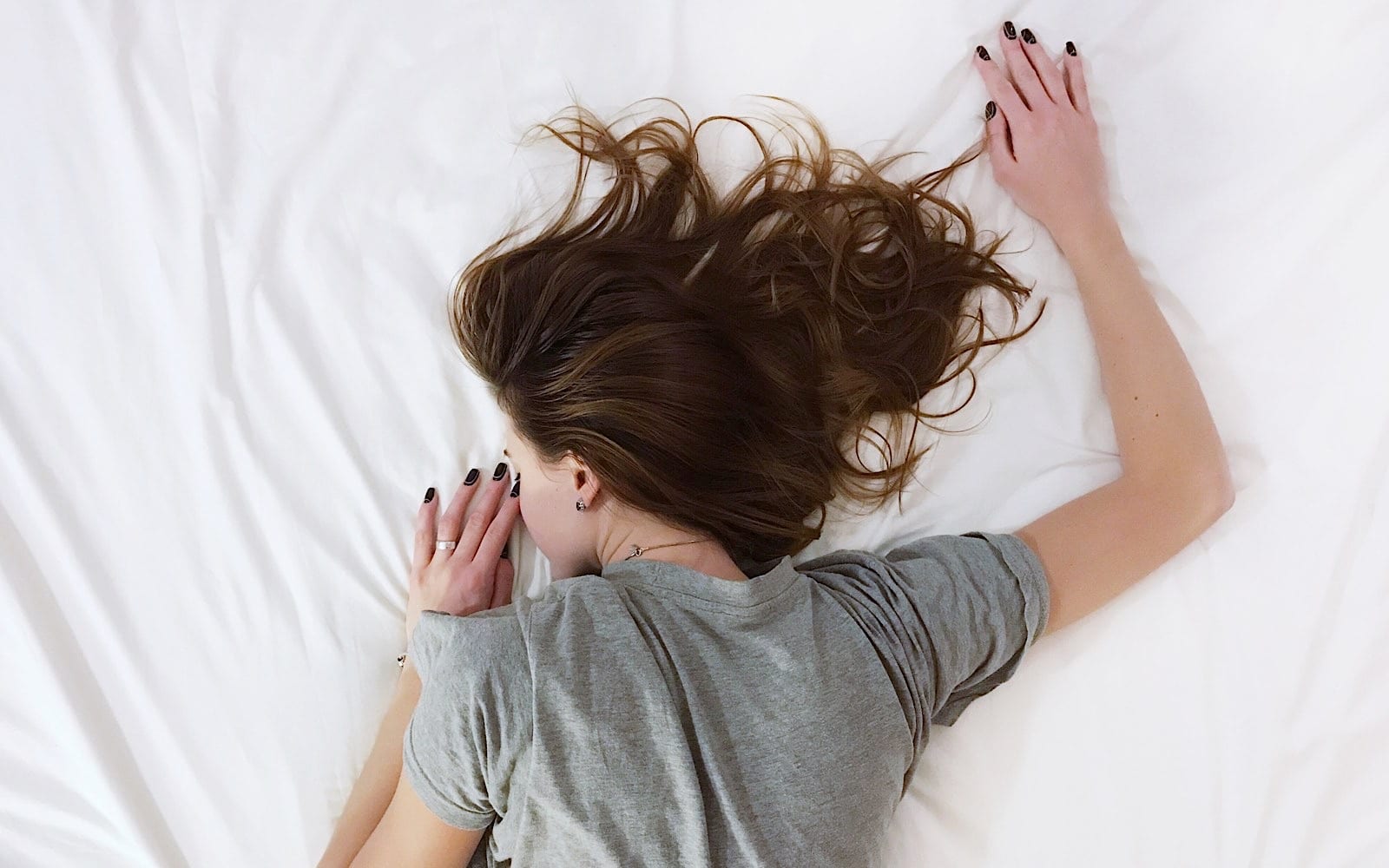Sleeping may not be the easy rest you hope for, but with a gadget or two, you might just find shut eye, or have an idea of what’s wrong as you snooze.
Even though everyone does it, but not everyone does it well. We’re talking about sleeping, something that helps recharge and revitalise your body, and that you’ll hopefully eventually succumb to when you’re tired enough.
It should happen, but for some of us, it’s not as easy as you’d want it to be. If you’re someone who struggles, you know the feeling all too well.
You throw yourself down for the night, shut your eyes, and nothing happens. You wait a few minutes and still nothing, so you check the time, and that only forces your eyes open some more. You reach over for the phone, and the harsh light feels like it’s propelling your eyes open for even longer. You hope that staring at the screen will make you more tired and send you to slumber-town in short order, but it just keeps you awake for longer, so you switch it off, hoping for the best, and then toss and turn until eventually it happens, waking up far too early and feeling dreadful the next morning. There’s not enough coffee in the world that’ll revive you from that stupor.
Sleeping isn’t something that’s easy for everyone, and for some, that may need to find a specialist. But before that point, technology could help. There are gadgets to set the mood, gadgets to calm you down, and gadgets got help find out if something is wrong, with some of the below maybe able to do just that.
Tech to get the mood right
Philips Hue lightbulbs
Price: $30-70
Lightbulbs may seem like the antithesis of something you’d use to go to sleep, but a Philips Hue lightbulb could just help. One of the many wireless smart bulbs of the world, the Philips Hue lightbulbs can be controlled via app with different lighting settings to start to lower the mood from the bright light you normally expect a lightbulb to offer, to something a little more mood setting.
Like other bulbs, these can be changed from a bright white to a warmer tone, and they can be automated and timed so your room’s lighting changes at times of the day. You can even rig it up to work with a smart system, responding to voice commands over Amazon Alexa and the Google Assistant, too.
Sega Toys Homestar Classic
Price: $200
One of the more curious gadgets, Sega — the company behind “Sonic the Hedgehog” — has a planetarium made for your home, or more specifically, made for your ceiling.
The Sega Toys Homestar concept basically shines an LED at a special disc showing stars from the night sky, and projects that onto your ceiling, allowing you to fall to sleep gazing at the stars, much like you might if you were camping in the middle of nowhere.
Dyson Pure Cool Me
Price: $499
While light and stars are one way to set a mood for sleep, but another is to make sure you’re feeling the right temperature, and not necessarily while bothering your partner.
The Dyson Pure Cool Me is a different take on Dyson’s Pure Cool fan where the air can be shaped towards you. Much like the other Pure Cool fans, it uses Dyson’s Air Multiplier technology to speed up the air and blow a small gust focused more on one person than the entire room.
Earphones to lull you to slumber
Jabra Elite 75t
Price: $299
Jabra’s wireless in-earphones from 2019, the Elite 75t are still good, and they include support for rain sounds and white noise via the Jabra app, something you don’t always get with every pair.
There’s also up to 5.5 hours of battery life in the Elite 75t, and they’ll charge in their case, so by the time you’re ready for bed, you should be able to sleep with the earphones and have enough charge to get your brain to shut off for a few.
Bose SleepBuds 2
Price: $399
A pair of earphones specifically focused on sleep, the SleepBuds 2 are a rather curious take on in-earphones. Developed to be light and built pretty much just for tracks to fall asleep to, they’re earphones entirely for slumber with no way of listening to your tunes.
Rather, the Bose SleepBuds II play white noise, rain sounds, the soundtrack of an aircraft, and other similar types of audio meant to lull you to slumber. That’s all they do, but if you need that sound to get you to sleep, and you don’t want to subject your partner to the same sounds, they’re a personal take on sleeping sound that might be worth checking out.
Kokoon Noise Cancelling Headphones for sleep
Price: $550
It’s not normally super easy to fall asleep in a pair of over-ear or on-ear headphones, and that’s thanks to the designs. The casings are often too thick or bulbous that resting in them, you might feel like your head is stuck in one place or you’ll risk crushing them.
Kokoon changes that with a pair of headphones built for sleep, and throws in a bunch of tech aimed to help people rest their weary eyes, too. There’s active noise cancellation, white noise, and some sensors to monitor your brain activity (electroencephalogram, EEG) to monitor your motion and sleep, and potentially provide an understanding of your sleeping patterns.
AcousticSheep SleepPhones
Price: $150
A curious take on earphones meant for sleeping, the SleepPhones are basically a headband with little speakers inside meant to make wearing a pair of headphones easier during sleep.
We’re sure we’ve seen something like this in the past, but SleepPhones offers a wireless version with as much as 12 hours of battery life, helping you to get some sleep if you have problems wearing earphones.
Sleep tracking
Fitbit Charge 4
Price: $150
One of Fitbit’s lightweight trackers, the Fitbit Charge 4 offers a fairly comprehensive health tracking solution, complete with a scoring system to explain how your sleeping went.
It’s not just for sleeping, but there’s also heart-rate and fitness tracking, throwing it all together in a wearable with a week’s worth of battery life.
Withings Sleep Analyser
Price: $200
A surprising gadget from 2020, the Sleep Analyser is a health gadget you don’t have to wear that sits under your mattress, monitoring the impact your heart makes as you sleep.
Using the measurement of those forces (a concept called “ballistocardiographs”), Withings is able to work out how you’re sleeping and if you’re at risk for sleep apnoea, transmitting the results to your phone, and making it possible to share them with a health expert later on if needed.
Withings ScanWatch
Price: $499
Our pick for wearable of the year in 2020, the Withings ScanWatch is the only wearable as of the beginning of 2021 to include a working ECG, while a combination of other features including blood oxygen and heart rate tracking makes it ideal for tracking health, too.
When you’re sleeping, the ScanWatch whirs into action to track your health and how you’re sleeping, providing an understanding of sleeping patterns which like the Sleep Analyser can be given to a doctor or someone in medicine, or anyone else for that matter.
Apple Watch
Price: $599
One of those gadgets iPhone users might consider, Apple’s sleep tracking is fairly nascent, but is developing gradually. There are sleep goals, tracking, vibrating alarms, and a nice reminder for when you should sleep that will nudge your wrist about an hour or so beforehand.
We suspect this is one of those features that Apple will develop in time to include more features, and thanks to the fact that the Apple Watch Series 6 now tracks blood oxygen, heart rate, and a heart’s electrical activity (even though the latter of these — the ECG — isn’t yet switched on in Australia), it means the Apple Watch could later on be used in more interesting ways to track sleep.
Tips to help lull you into slumber
You don’t necessarily have to buy new technology to use tech to help you sleep. In fact, you might already have something that can assist, or you might just want a tip or two to help you switch off entirely.
Turn on warming settings on your phone’s screen
Phone screens are known to emit a reasonable amount of blue light, and that’s not always great for your eyes, particularly if you’re trying to sleep. The same is true with your computer, believe it or not.
But phones typically support a setting to make the screen warmer so your eyes don’t feel as fatigued, and you just really need to switch it on or set it to a timer.
On the iPhone, it’s called “Night Shift”, while Android users can look for “Night Light” or a “Blue Light Filter”. It’s all the same idea, with a warmer colour applied to the screen so you’re looking at less blue before bed. Set this up and your eyes may thank you.
Play rain sounds on your speakers
Almost everyone has a speaker, and if you have a Sonos in your life or something similar, you can set up repeating sounds and white noise to play in the background. Just so a search on your favourite streaming service, or check out any number of relaxing apps on your phone.
There are plenty of options out there, and you should be chilling to the sound of rain, an aircraft engine, thunderstorms, or just plain old noise in no time.
Stop using technology an hour before bed
It might sound a little counterintuitive for a technology website to advocate not using technology at all, but in this instance, you may want to steer clear of tech before bed.
An hour before you’re due to go to bed, stick your phone on the charger or in another room, and chill out. If you have to use technology, consider using it passively, such as watching TV, reading on an eReader or a real book (heaven forbid), or just listening to some tunes.


